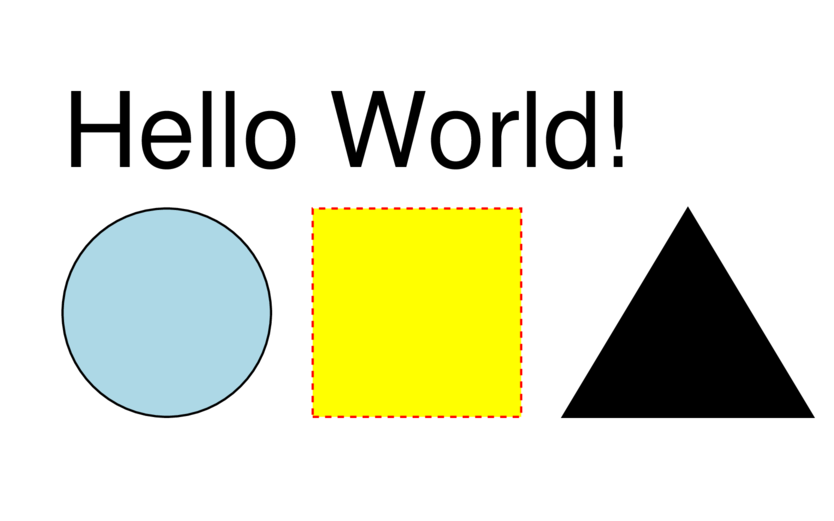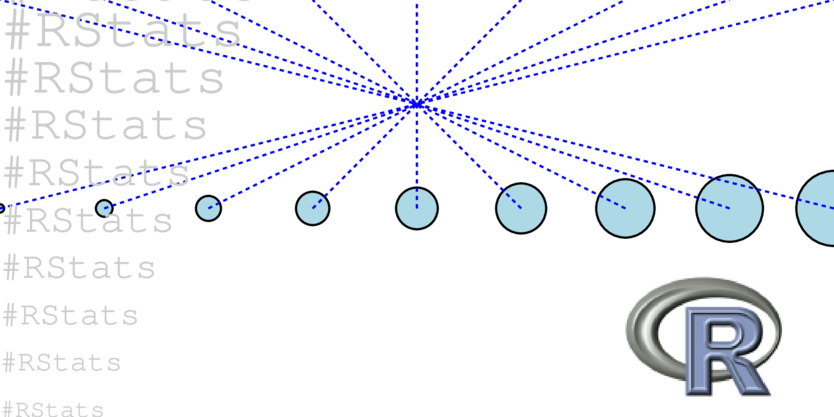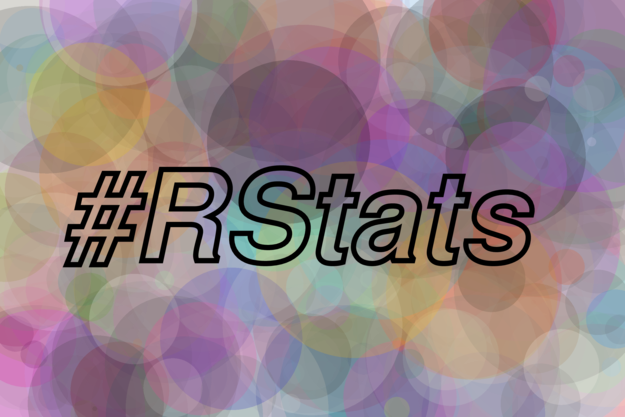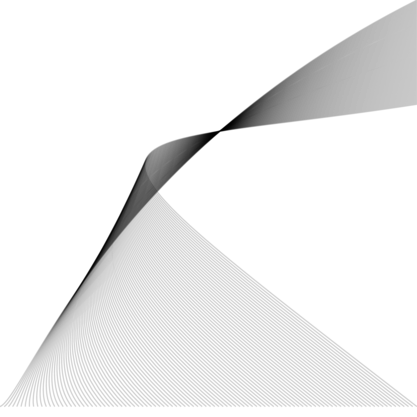

minipdf is a package for creating simple PDF
documents.
create_pdf() to create an empty PDF documentwrite_pdf() to write a PDF to file or stringpdf_line(), pdf_rect(),
pdf_circle(), pdf_polygon(),
pdf_polyline(), pdf_text(),
pdf_bezier(), pdf_image() - functions for
adding graphical elements to the PDFpdf_clip_polygon(), pdf_clip_rect() define
global clipping regionsclip_polygon(), clip_rect() define
per-element clipping regionspdf_rotate(), pdf_translate(),
pdf_scale() define global transformationstf_rotate(), tf_translate(),
tf_scale() define per-element transformationspgpar() define PDF graphical parameterspdf_newpage() begin a new page in the PDFYou can install the development version from GitHub with:
# install.packages("devtools")
devtools::install_github("coolbutuseless/minipdf")doc <- create_pdf(width = 400, height = 250) |>
pdf_circle(80, 100, 50, fill = 'lightblue', col = 'black') |>
pdf_rect(150, 50, 100, 100, fill = 'yellow', col = 'red', lty = 2) |>
pdf_polygon(c(270, 390, 330), c(50, 50, 150)) |>
pdf_text("Hello World!", x = 30, y = 170, fontsize = 50)write_pdf(doc, "man/figures/helloworld.pdf")
In write_pdf() if the output filename is not specified,
then the function returns the PDF document as a string
write_pdf(doc) |> cat()%PDF-1.7
1 0 obj
<<
/Creator (minipdf/R)
/CreationDate (D:202508230942)
>>
endobj
2 0 obj
<<
/Type /Catalog
/Pages 3 0 R
>>
endobj
3 0 obj
<<
/Type /Pages
/Resources 4 0 R
/MediaBox [0 0 400 250]
/Kids [ 5 0 R ]
/Count 1
>>
endobj
4 0 obj
<<
/ExtGState
<<
/GS1
<<
/CA 1
/ca 1
>>
>>
/Font
<<
/F1
<<
/Type /Font
/Subtype /Type1
/BaseFont /Helvetica
>>
>>
>>
endobj
5 0 obj
<<
/Type /Page
/Parent 3 0 R
/Contents [6 0 R 7 0 R 8 0 R 9 0 R 10 0 R]
>>
endobj
6 0 obj
<<
/Length 37
>>
stream
0 0 400 250 re W n
0 0 400 250 re W n
endstream
endobj
7 0 obj
<<
/Length 284
>>
stream
q
0 0 0 RG
0.67843137254902 0.847058823529412 0.901960784313726 rg
130 100 m
130 127.61423749155 107.61423749155 150 80 150 c
52.38576250845 150 30 127.61423749155 30 100 c
30 72.38576250845 52.38576250845 50 80 50 c
107.61423749155 50 130 72.38576250845 130 100 c
b
Q
endstream
endobj
8 0 obj
<<
/Length 49
>>
stream
q
1 0 0 RG
1 1 0 rg
[3] 0 d
150 50 100 100 re b
Q
endstream
endobj
9 0 obj
<<
/Length 51
>>
stream
q
0 0 0 RG
0 0 0 rg
270 50 m 390 50 l 330 150 l b
Q
endstream
endobj
10 0 obj
<<
/Length 70
>>
stream
q
0 0 0 RG
0 0 0 rg
BT
/F1 50 Tf
30 170 Td
0 Tr
(Hello World!) Tj
ET
Q
endstream
endobj
xref
0 11
0000000000 65535 f
0000000009 00000 n
0000000086 00000 n
0000000139 00000 n
0000000249 00000 n
0000000447 00000 n
0000000543 00000 n
0000000632 00000 n
0000000969 00000 n
0000001070 00000 n
0000001173 00000 n
trailer
<<
/Size 11
/Info 1 0 R
/Root 2 0 R
>>
startxref
1296
%%EOFMost coordinate arguments can be vectors - this means multiple objects can be generated with a single call.
Note that all objects created in this way share a single graphics state i.e. they’ll all be the same color etc.
im <- png::readPNG(system.file("img", "Rlogo.png", package="png")) * 255
doc <- create_pdf(width = 400, height = 200) |>
pdf_circle(
x = seq(0, 400, length.out = 9),
y = 100,
r = 2 * (1:9),
col = 'black', lwd = 1, fill = 'lightblue'
) |>
pdf_line(
x1 = seq(0, 400, length.out = 9),
y1 = 100,
x2 = seq(400, 0, length.out = 9),
y2 = 200,
lty = 3, col = 'blue'
) |>
pdf_text(
"#RStats",
x = 0,
y = seq(0, 200, length.out = 10),
fill = 'grey80',
fontfamily = 'mono',
fontsize = seq(12, 30, length.out = 10)
) |>
pdf_image(im = im, x = 300, y = 10, scale = 0.75)write_pdf(doc, "man/figures/simple.pdf")
doc <- create_pdf(height = 400, width = 600)
N <- 400
xs <- sample(600, N, TRUE)
ys <- sample(400, N, TRUE)
rs <- sample(100, N, TRUE)
cs <- sample(colors(), N, TRUE)
for (i in seq_len(N)) {
doc <- pdf_circle(doc, xs[i], ys[i], rs[i], col = NA, fill = cs[i], alpha = 0.2)
}
doc <- pdf_translate(doc, 50, 0)
doc <- pdf_text(doc, "#RStats", 10, 150, fontsize = 120, mode = 1, col = 'black',
fontface = 'bold.italic', lwd = 5)write_pdf(doc, "man/figures/example1.pdf")
N <- 100
doc <- create_pdf() |>
pdf_bezier(
x0 = seq(0, 400, length.out = N),
y0 = 10,
x1 = 25,
y1 = seq(20, 300, length.out = N),
x2 = seq(100, 80, length.out = N),
y2 = 250,
x3 = 400,
y3 = seq(400, 300, length.out = N),
alpha = 0.2
)write_pdf(doc, "man/figures/beziers.pdf")